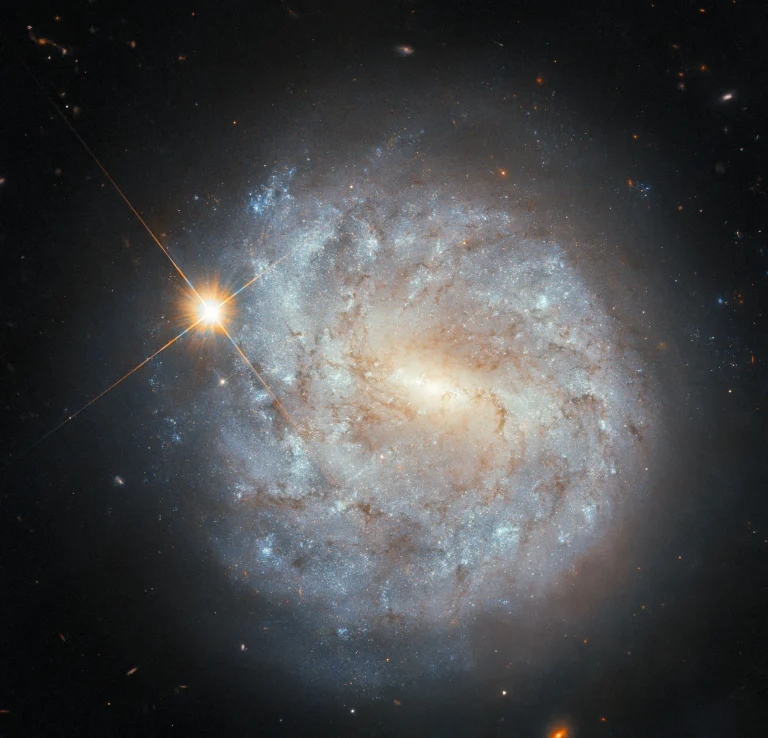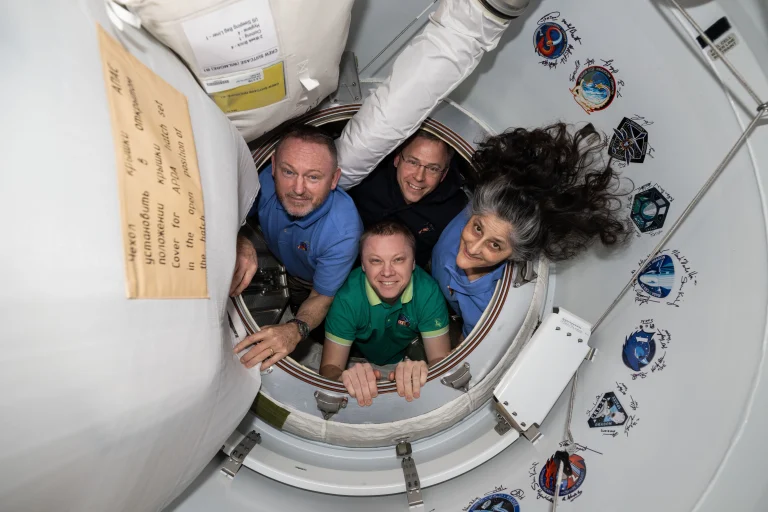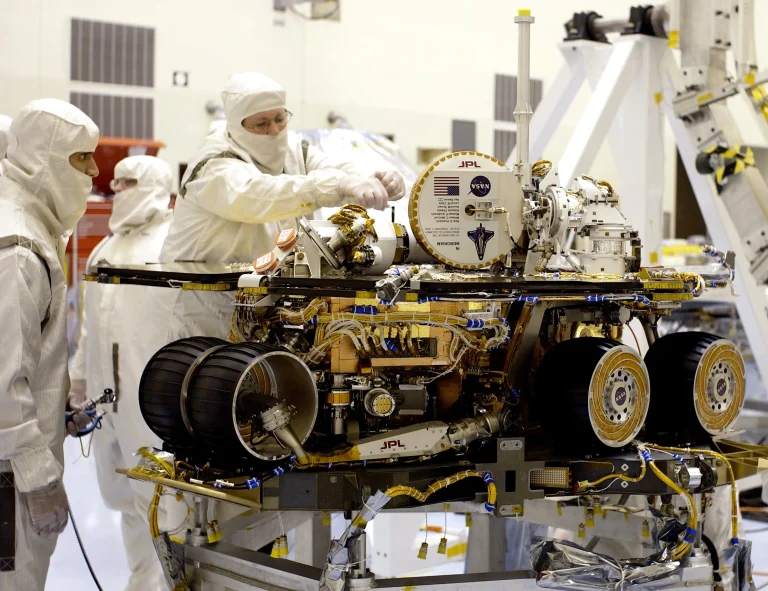NASA astronaut Matthew Dominick captured this image of Hurricane Beryl in the Caribbean on July 1, 2024, while aboard the International Space Station, and posted it to X. The Category 4 hurricane had winds of about 130 mph (215 kph).
Hurricanes – tropical cyclones that form over the Atlantic Ocean or the eastern Pacific Ocean – use warm, moist air as fuel. The warm, moist air over the ocean rises upward from near the surface, causing an area of lower air pressure below. Air from surrounding areas with higher air pressure pushes into the low pressure area. Then that “new” air becomes warm and moist and rises, too. As the warm air continues to rise, the surrounding air swirls in to take its place. As the warmed, moist air rises and cools off, the water in the air forms clouds. The whole system of clouds and wind spins and grows, fed by the ocean’s heat and water evaporating from the surface.
NASA studies hurricanes from space through photos like this one, as well as observations from satellites. This vantage point helps scientists understand how climate change impacts hurricanes and learn how communities can better prepare for tropical cyclones in a warmer world. Learn more about how hurricane first responders use NASA resources and data.
Image Credit: NASA/Matthew Dominick
NASA宇航员马修·多米尼克(Matthew Dominick)于2024年7月1日在国际空间站上拍摄了这张加勒比地区飓风贝里尔的照片,并将其发布在X上。这个四级飓风的风速约为130英里每小时(215公里每小时)。
飓风——在大西洋或东太平洋上形成的热带气旋——利用温暖、潮湿的空气作为燃料。海洋上方的温暖、潮湿的空气从靠近海面的地方上升,导致下方形成一个低气压区域。来自周围气压较高地区的空气进入低气压区。然后,这些“新”空气变得温暖和潮湿,并且上升。当温暖的空气继续上升,周围的空气旋转着填补空缺。当上升的温暖潮湿空气冷却时,空气中的水分形成云层。整个云层和风的系统在海洋的热量和从表面蒸发的水的驱动下旋转和生长。
NASA通过这样的照片以及卫星观测从太空研究飓风。这种视角帮助科学家了解气候变化如何影响飓风,并了解社区如何在变暖的世界中更好地为热带气旋做好准备。了解更多关于飓风应急响应人员如何利用NASA资源和数据的信息。
影像来源: NASA/Matthew Dominick







